We got our hands on one of the $3500 Bioloid Expert Kits and took it for a gentle test ride. This post goes over some of the notable features as well as some of the drawbacks.
The Bioloid kit by Robotis offers an impressive combination of hardware and software to create robots that put the quite capable NXT platform to shame. I had the opportunity to play with the $3500 Expert Kit for a few days. I barely scratched the surface on the hardware and software capabilities of this kit.
Hardware:
To start, the kit comes in a ridiculous aluminum case that looks like it’d be better suited for jewelry or weapons.
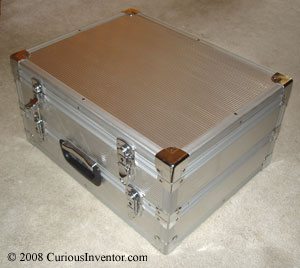
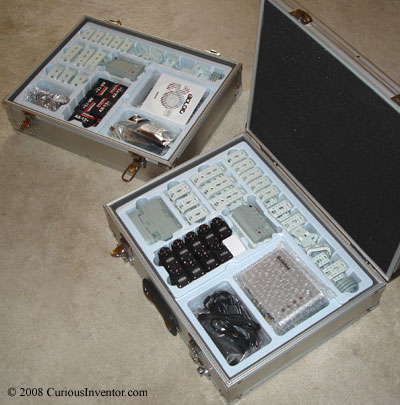
The module that powers your robot is based around the venerable Atmega 128 microcontroller housed in what is known as the CM-5. Programming and communication is carried out through a serial port interface. To reduce size, the serial cable features a 1/4″ audio jack on the CM-5 end. If you don’t have a serial port, the USB2Dynamixel can act as a USB-Serial adapter in addition to allowing direct control of the servos from a PC. The CM-5 can also communicate with another CM-5 or a PC via an optional Zigbee module that plugs into the CM-5 or IR communication through the AX-S1 modules. The kit comes with two CM-5’s.
Servos and sensors are connected to the CM-5 through a three-wire daisy chain bus. This brilliant design reduces the clutter of cabling sprouting from your typical microcontroller, and can run at 1mbps speeds. The AX-12+ is much more than a basic servo. It can be spun continuously for use as a wheel and offers full feedback to the CM-5 (temperature, voltage, load, etc). The AX-S1 looks nearly identical to the AX-12+, but is a sensor module that gives the capability of distance, brightness, and sound sensing, as well as IR communication to other AX-S1s, to the CM-5.
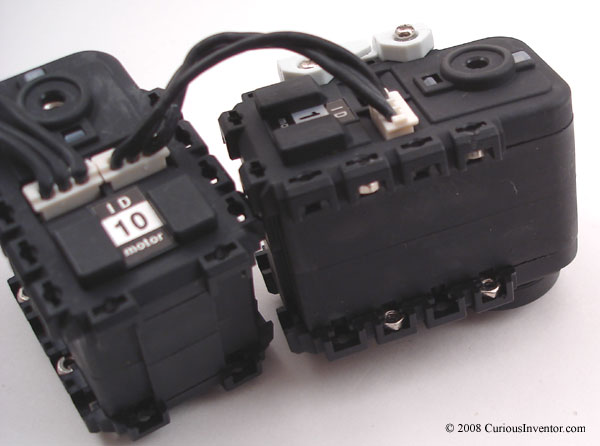
The coolest piece of hardware is a wireless camera. This transmits a decent 320×240 color image at around 30 fps. This 1″ cube will still provide a live feed up to ~100′ feet through walls (I wasn’t able to test a free-space range). The image data transmits to a USB receive that looks like a wireless router. This allows the heavy image processing to be offloaded to a PC.
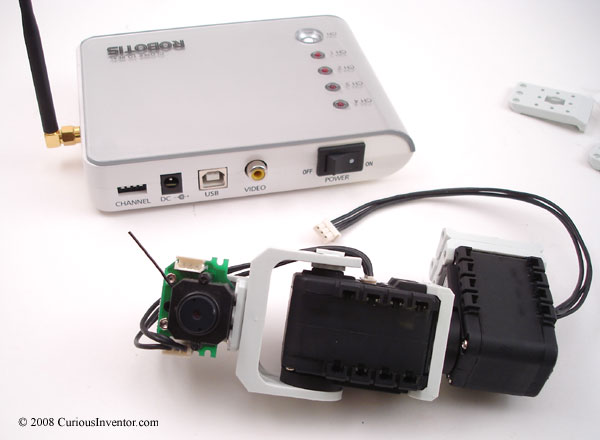
Software:
The CM-5 can be programmed by C or a graphical language akin to NXT-G. Also there exists software for motion-capture type programming. I didn’t get to delve too much into any custom programming, but some of the demo CM-5 and Windows binaries that did image processing were impressive. It can do lots of standard operations out of the box, including edge, motion and blob detection.
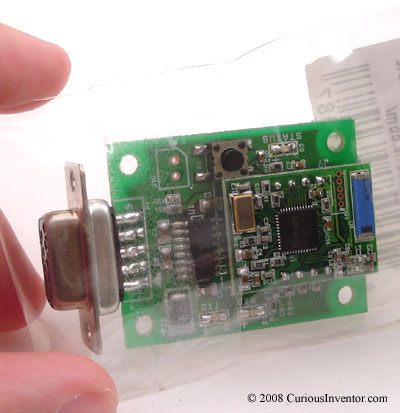
Documentation, especially about the wireless camera and Zigbee modules is a little sparse, and sometimes in somewhat poor English. Since they don’t sell the vision software separately, there isn’t going to be a large community of people from which to get support ($3500!). Assembly of brackets and servos can be a bit tedious. The brackets have integrated nuts to make assembly a little easier, though inserting the nuts into the AX-12+’s and the AX-S1’s can be quite frustrating. There might be a trick, but it took me a few hours just to put a couple servos together. The AX-12+’s and the AX-S1’s serve as joints and provide the majority of the length to an appendage. No long structural pieces are included in the kit, so don’t expect to be able to create any long and light-weight arms, since balancing your design could get tricky.
Overall, the kit is very impressive. I’m anxious to see what people are able to design with this, especially outside of the standard creature bot. A lot of potential exists for use in prototyping automation and assembly lines.
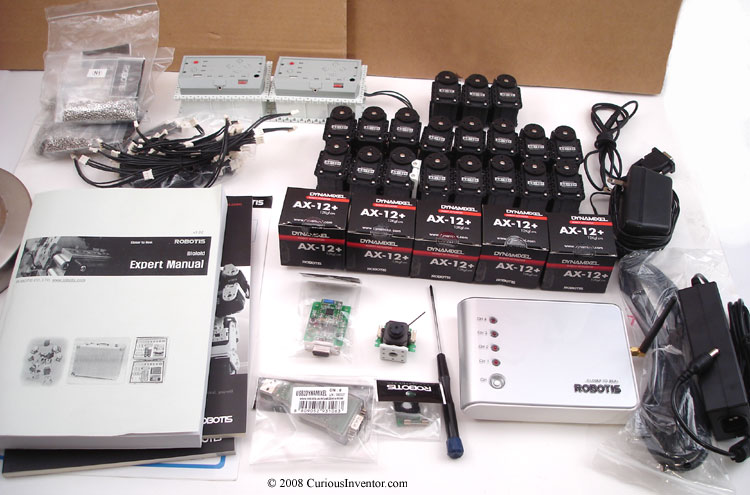
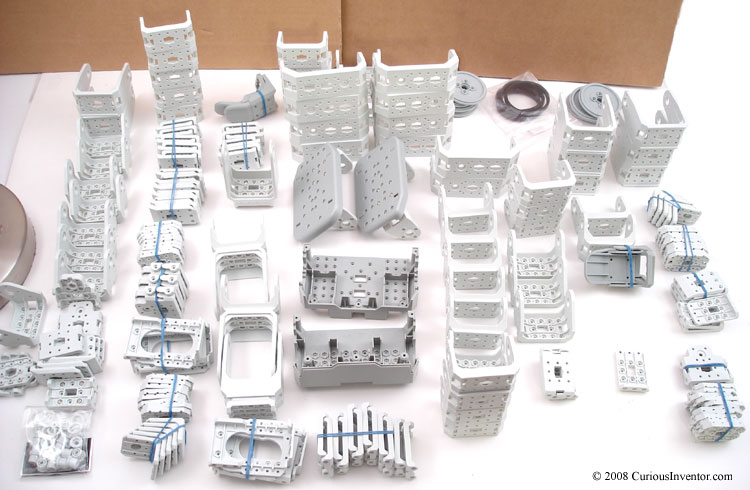
One more video:
https://player.youku.com/player.php/partnerid/XMjY0/sid/XMTY5NjE0MDQ
